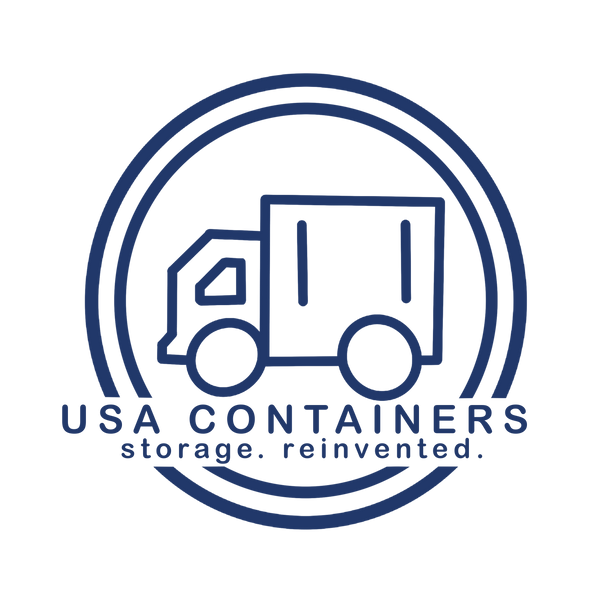
How to Maintain Your Shipping Container Doors
Share
Whether you're using a container for storage, as a workshop, or as part of a custom build, keeping the doors in good shape is essential. In this guide, we’ll walk you through the basics of maintaining shipping container doors so they work smoothly for years to come.
Why Shipping Container Door Maintenance Matters
The doors on a shipping container are arguably its most important feature. They provide access, security, and protection from the elements. But they’re also the most vulnerable to wear and tear. Rust, dirt, improper alignment, and weather exposure can all cause issues like jammed locking bars, stuck seals, and leaks. Routine maintenance keeps your shipping containers doors functional, prevents costly repairs, and extends the life of your container.
Inspect Your Shipping Container Doors Regularly
Ideally, you should check your container doors once a month, especially if it's in active use or exposed to the elements.
Look for:
-
Rust or corrosion around hinges, locking bars, and door edges
-
Cracks or damage to the rubber seals or gaskets
-
Alignment issues that prevent doors from closing flush
-
Debris or buildup in the door tracks or around the base
If you spot something early, it’s usually a quick fix. Left alone, though? You might end up with doors that are difficult to open or worse—leaks that damage what’s inside.
Clean the Doors and Hardware
Dust, dirt, salt, and grime collect on shipping container doors—especially if you're near the coast or in a high-traffic area.
To clean your doors:
-
Use a mild detergent and water to wash down the surfaces.
-
Pay special attention to hinges, locking bars, and gaskets.
-
Rinse thoroughly and dry with a clean cloth to prevent water spots and rust.
This simple routine not only keeps things looking good but also prevents grit from wearing down moving parts.
Lubricate Moving Parts
Lubrication is key to keeping container doors opening and closing smoothly. The most important parts to lubricate include:
-
Hinges
-
Cam locks and lock rods
-
Handles and locking mechanisms
Use a high-quality silicone spray or lithium-based oil. These products offer excellent protection without attracting dirt, which can actually make things worse over time.
Pro tip: After you lubricate, open and close the doors a few times to work the lubricant into the joints.
Maintain the Door Gaskets
The rubber gaskets around the container doors help keep out moisture, dust, and pests. If they dry out or crack, you’ll lose that seal—and potentially damage whatever’s inside your container.
Here’s how to care for them:
-
Clean the gaskets with mild soap and water.
-
Apply a rubber conditioner or protectant every few months to keep the rubber from getting dry and cracking.
-
Check for gaps or tears and replace damaged gaskets when needed.
If you start to notice drafts, water leaks, or rust stains near the door, it’s probably time to check the gaskets.
Keep the Ground Around the Shipping Container Level and Clear
Believe it or not, the ground beneath your shipping container plays a huge role in door function. If the surface shifts or settles unevenly, the frame can warp just enough to throw the doors out of alignment.
To avoid this:
-
Place your container on a level, well-drained foundation—gravel beds, concrete piers, or railroad ties work well.
-
Keep vegetation, mud, and debris away from the door area.
-
Avoid parking the container where water pools near the base.
When the ground is stable and clear, your doors will open and close with ease.
Address Rust and Damage Promptly
If you notice any rust forming, act fast. Light surface rust can be removed with a wire brush or sandpaper. After that:
-
Clean the area thoroughly.
-
Apply a rust inhibitor or primer.
-
Repaint with a marine-grade, direct-to-metal (DTM) paint.
Bonus Tips
-
Open the doors periodically, even if you're not using the shipping container daily. This helps prevent sticking and lets you spot issues early.
-
If your container is in a wet or humid environment, consider installing additional vents to prevent moisture buildup.
Fill out the form below for a free shipping container quote from USA Containers:
